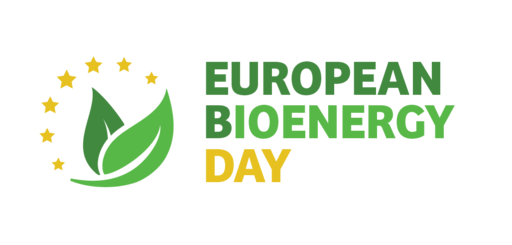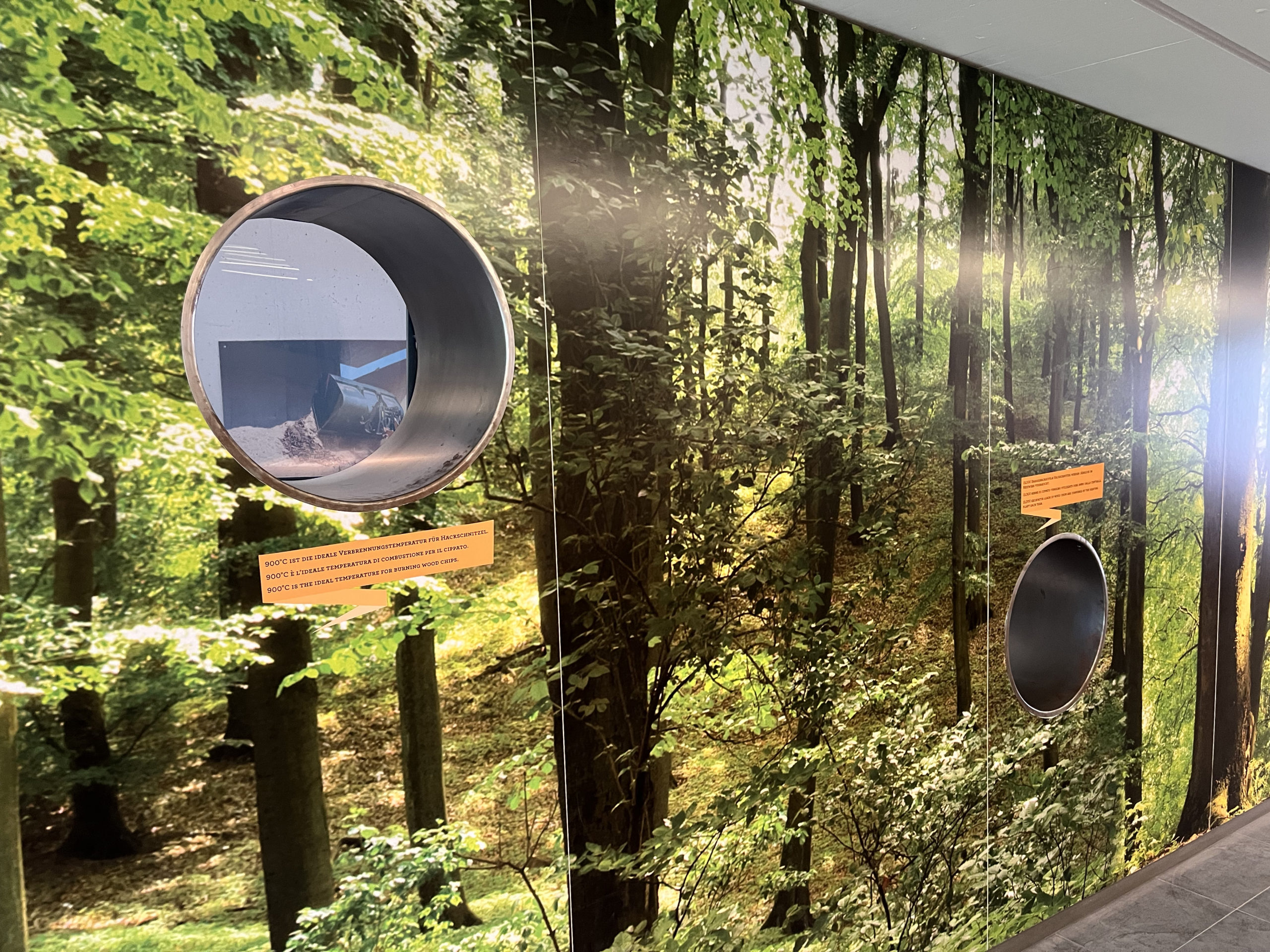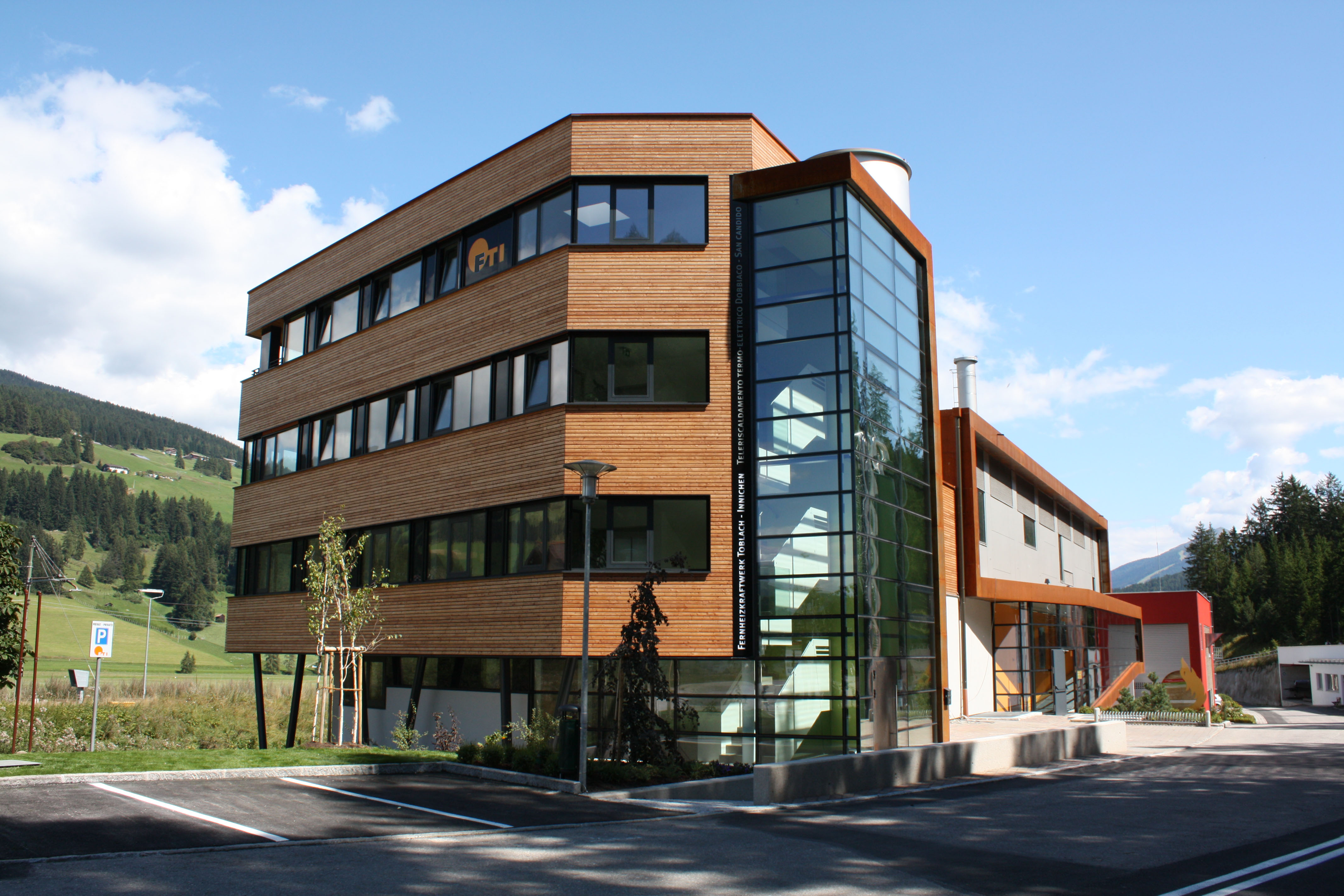AIEL highlights the state of Italian forests and paves the way for European decarbonisation
Woods and forests fulfill vital functions and produce goods and services that mankind has always used to its advantage. The future challenge for forestry is to reconcile the interests of society and economy with environmental needs, in relation to the profound climate, social and economic changes occurring on a global and local scale.
A new contribution to the Italian debate comes from the Green Paper of Wood Energy published by AIEL, the Italian Association of Agroforestry Companies in collaboration with Progetto Fuoco. In the Green Paper, AIEL outlines its strategy to reconcile biodiversity conservation needs, landscape protection and environmental functions of forests with responsible production of forest bioproducts and services.
Italian forests are far from a condition of over-exploitation but instead they suffer from a chronic state of abandonment, that causes hydrogeological instability, loss of environmental value and economic poverty. According to the latest “Report on the state of forests in Italy”, the wooded area in the last 50 years has doubled and in the last ten years it has increased by 5%. The annual amount of timber harvesting from the forests is between 18% and 34% of the annual growth, compared to the European average of 62%. In the last 10 years, the amount of carbon dioxide absorbed by Italian forests has increased by as much as 290 million tons, and the amount of organic carbon stored in Italian forests – therefore permanently removed from the atmosphere – has gone from 490 to 569 million tons.
This is not just a waste of economic resources, because the management of forests is necessary to keep them in good health, since the uncontrolled accumulation of biomass can lead to an increase in the frequency and severity of parasitic infestations and forest fires. The exploitation of biomass for energy production offers a solution in this regard.
A key element of this model is sustainable forest management, which is fundamental for the protection of biodiversity, environment, and the mitigation of climate change. To ensure an efficient and circular use of resources, it is essential to respect the principle of cascadeing use of wood. This means that high-quality wood material with a higher value is used in the production of lumber and intended to create durable products. Only the lowest quality material and residues from the wood industry processes that have no other possible destinations are used for energy purposes, thus enhancing all the assortments and intended uses that can be obtained from the plants.
In a period in which the energy crisis in Europe risks hindering the development of many economic sectors with the danger of plunging many families and businesses into a condition of energetic poverty, the enhancement of renewable energy from wood, through the development of local energy supply chains for the production of biofuels such as firewood, wood chips and pellets is essential because it will allow Europe to make its transition to renewable energy in the shortest possible time.
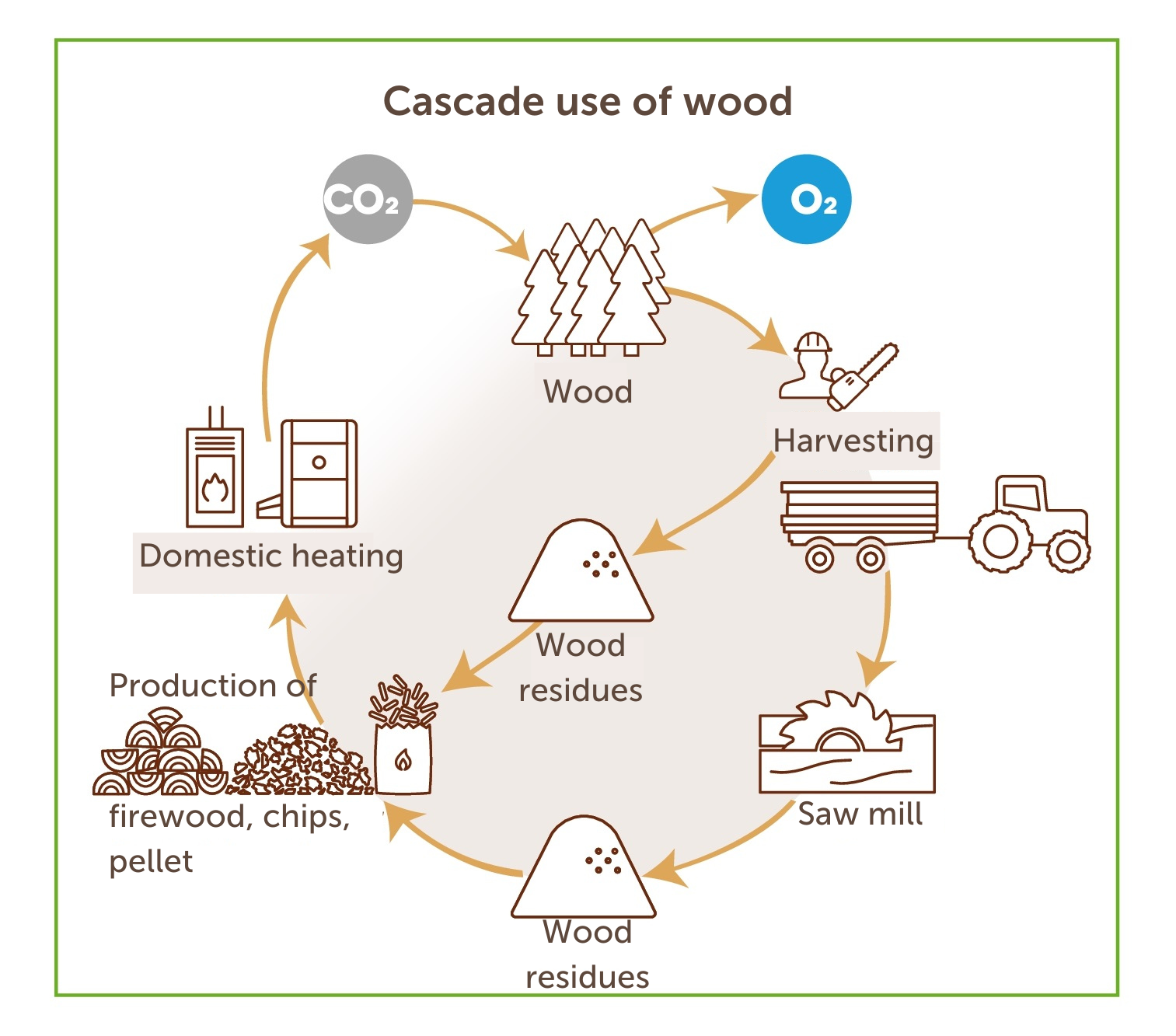
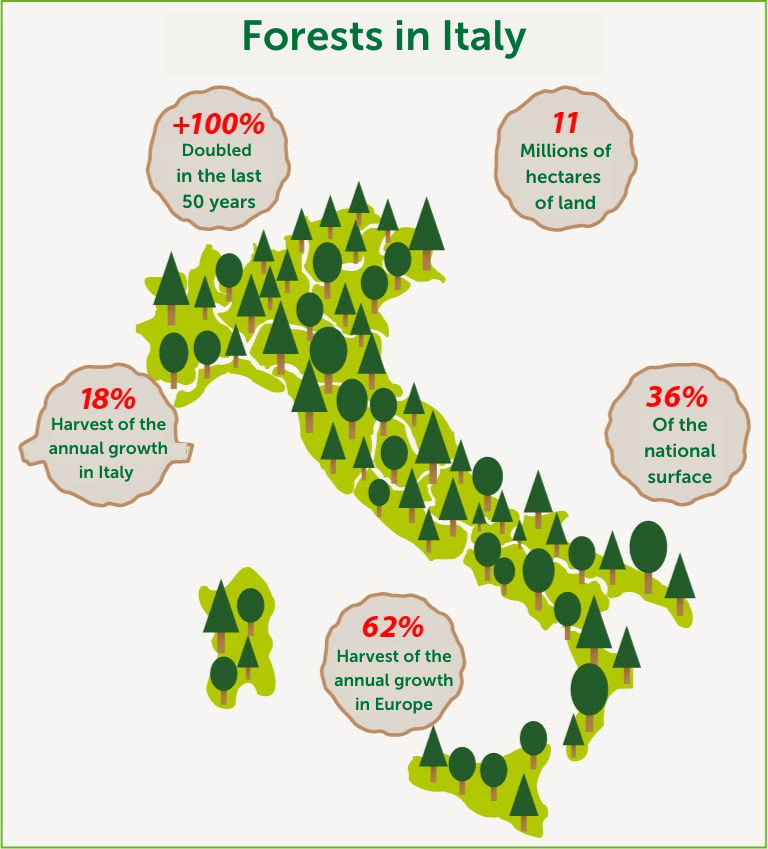
The Dobbiaco-San Candido District Heating
Founded in 1994, the cooperative counts today 969 members, 465 in San Candido and 504 in Dobbiaco. The plant that rises in Dobbiaco territory was renovated in 2021, with the re-building in record time of a new heating power plant. This allowed to sell in 2021 about 59,2 billion of kWh thermal energy and 3,4 billion of kWh of electrical energy, that correspond to a 6-billion-euro revenue.
In addition, 2,2 billion kWh of electrical energy were produced for the heating plant self-consumption. And this was obtained by using about 144.995 cubic meters of biomass (chipped wood and roundwood). About 29% of the needed fuel was purchased by local farmers.
The total investments in 2021 amounted at the stage of 5,1 billion euros and they were all realized by own resources and funds.
On the basis of the extremely positive budget outturn, the board of directors decided to reduce the prize for the members in 2022 from 0,092 euros/kWh to 0,085 euros/kWh.
From Chipped Wood to Thermo-Electrical Energy: The Visitor’s Path
Look, listen, touch, and understand… the visitors path in the Dobbiaco-San Candido district heating plant offers to its guests an overall view of the process of thermal and electrical energy production by using woody biomass.
Opened to the visitors on the 25th June 2005, the path is the first and unique example of visitors path in a heating plant in the whole Europe. Here, people can enhance their own understanding and knowledge about forests as energy storages or about wood waste, burning and combustion, the ORC module, the filter technology, the district heating and the historical changing and growing of the plant.
About the campaign
The campaign is powered by Bioenergy Europe and relayed across Europe by both national and international partners supporting the belief that bioenergy is more than a renewable energy source, it is also a reliable path that will lead Europe to achieve its renewable energy transition in the shortest span of time.
